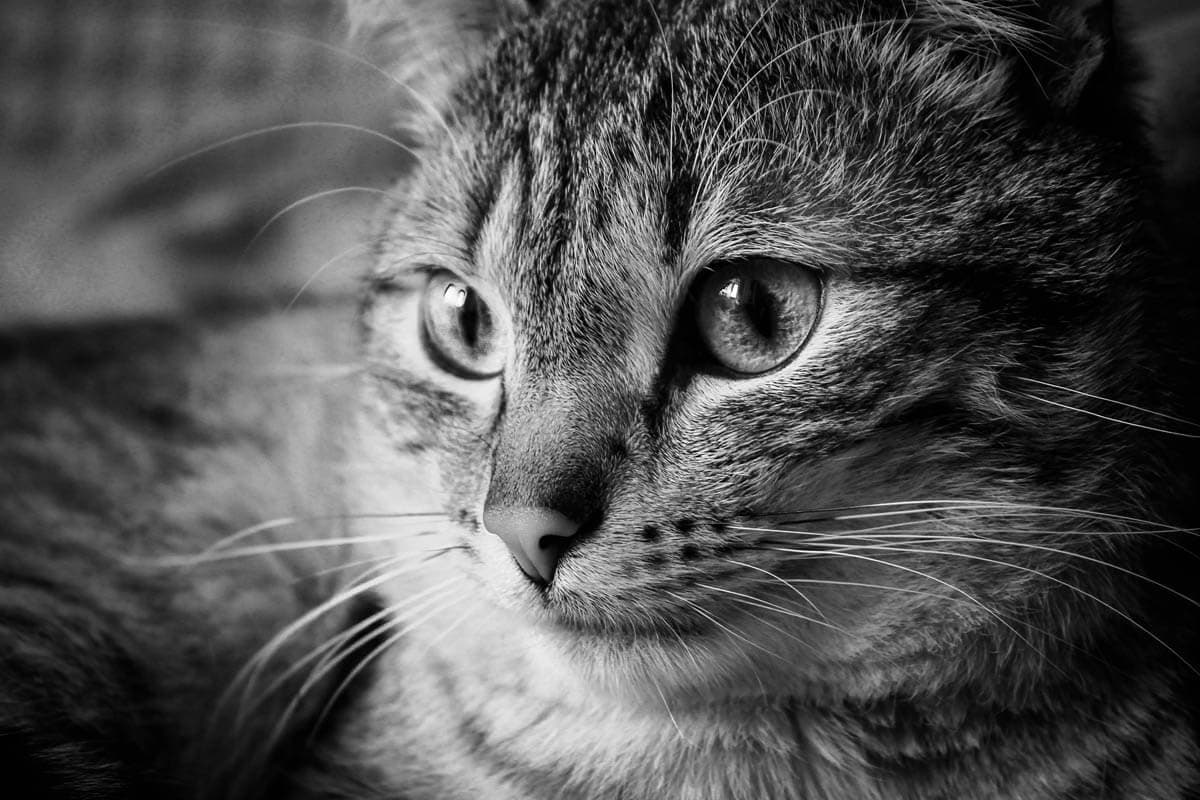What is cystocentesis?
Cystocentesis is a routine veterinary procedure with the use of a needle and syringe that is inserted through the abdominal wall to obtain uncontaminated urine directly from the bladder. This provides the veterinarian with a sterile urine sample for evaluation and or relieves a distended bladder in a cat who is unable to urinate due to a blockage (therapeutic cystocentesis). This is typically a last resort, and a catheter is a preferred method in the blocked cat.
The urine sample can provide information on several conditions, including:
- Hydration
- Turbidity (cloudiness) of the urine
- Kidney function
- Blood, pus, glucose, bilirubin, ketones or protein in the urine
- Urine pH
- Casts (cylindrical structures formed by mucoprotein congealing within renal tubules)
- Urinary crystals
- Bacteria
Indications
A cystocentesis is performed to obtain a rapid and sterile urine sample for a urinalysis and bacterial culture in cats with the following conditions:
- Cystitis
- Urinary tract infections
- Bladder infection
- Urinary obstruction (to relieve bladder distension)
How is cystocentesis performed?
Bladder isolation technique:
The cat is held standing up, on his, back (lateral recumbency) or side (dorsal recumbency) to provide easy access to the bladder. Some veterinarians will shave and sterilise the area also.
The veterinarian palpates and immobilises the bladder with one hand and with the other, inserts a 1-inch needle through the skin at a 45-degree angle in the lower part of the belly (in the centre of an X between the cat’s last four nipples) and directly into the bladder until it reaches the hub of the syringe. The urine is aspirated into the syringe barrel, and then the veterinarian lets go of the bladder and withdraw the syringe.
Ultrasound-guided technique:
If the veterinarian is unable to palpate the bladder because it is not full enough, or the cat is overweight, an ultrasound can be used to help the veterinarian guide the needle into the bladder. The method is much the same; however, the veterinarian holds the ultrasound probe in one hand to visualise the bladder and inserts the needle with the other hand.
Is sedation or anesthesia required?
In most cases, cystocentesis is performed without sedation or anesthesia, unless the cat is difficult to manage.
How long does it take to perform cystocentesis?
A cystocentesis should take no more than a few minutes to perform. Staff will set up the room with all the necessary equipment before your cat is brought in to speed up the process and reduce stress on the cat.
Risks and side effects
Risks and side effects are very low in cats but can include the following:
- Puncture the internal organs
- Bladder hematoma
- Bladder laceration and leakage of urine into the abdomen (uroabdomen) if the bladder is extremely distended
- Vagal reaction (retching, panting, hypersalivation, urination, collapse)
Does a cystocentesis hurt?
The cat may feel the needle as it passes through the skin, but the pain is minimal.

